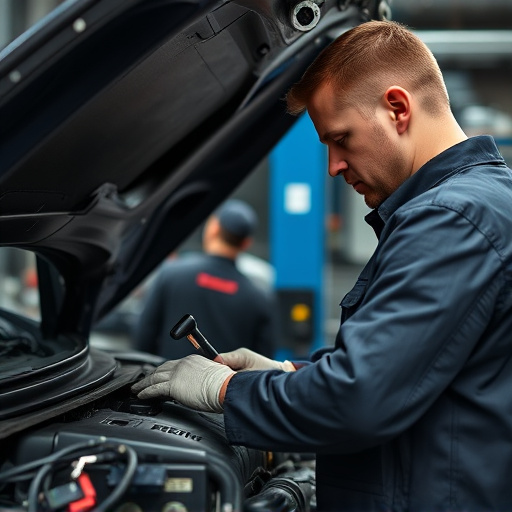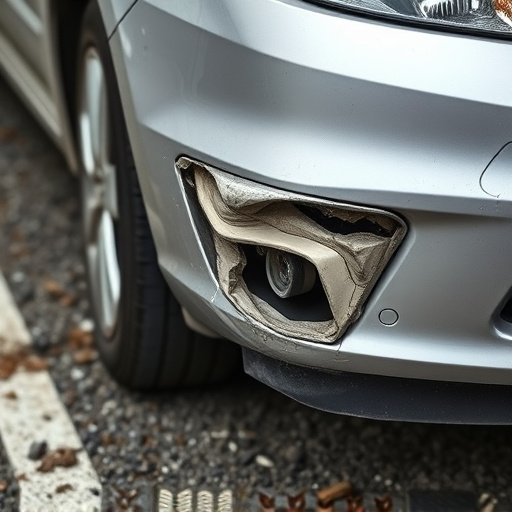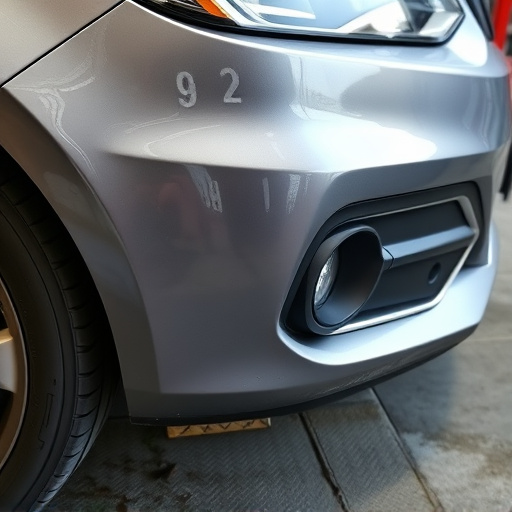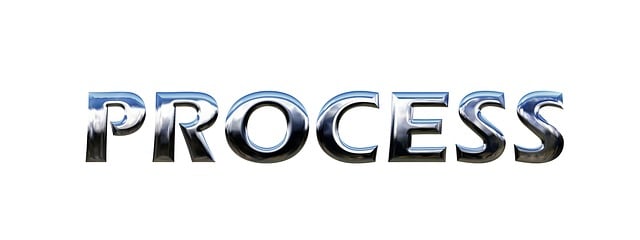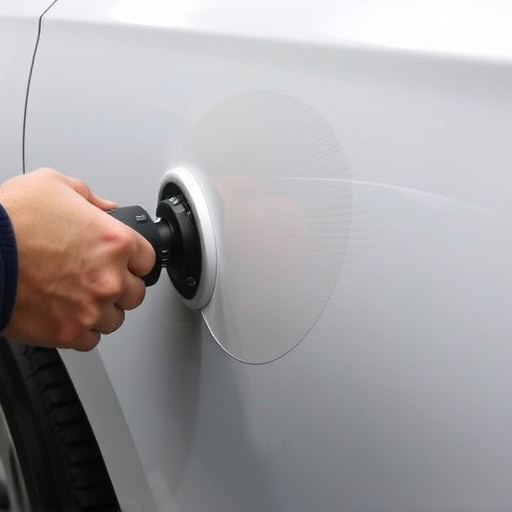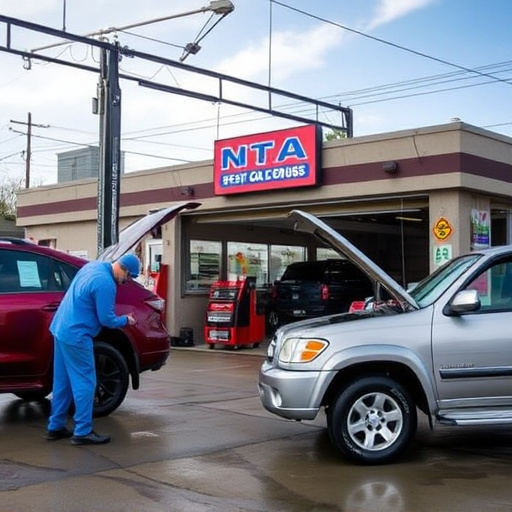Claim dispute resolution is a structured process for settling disagreements over vehicle repair claims, involving filing, assessment, and potential arbitration or mediation. Understanding rights, clear communication, documentation, and collaboration are key to positive outcomes, ensuring fair guidelines for future claims and stakeholder trust. Strategic dialogue and comprehensive documentation foster early issue identification and mutually agreeable solutions in automotive repairs.
Claim dispute resolution is a critical process that can prevent escalating conflicts and save time, money, and resources. When a claim arises, understanding the steps involved in resolving it is essential. This article guides you through the claim dispute resolution process, outlines your rights and roles, and offers effective strategies for successful outcomes. By familiarizing yourself with these aspects, you’ll be better equipped to navigate disputes efficiently.
- Understanding Claim Dispute Resolution Process
- Your Rights and Roles in Dispute Settlement
- Effective Strategies for Successful Resolutions
Understanding Claim Dispute Resolution Process

Claim dispute resolution is a structured process designed to address and settle disagreements between individuals or entities regarding a claim. It’s a crucial step in ensuring fairness and closure for all parties involved, whether it concerns vehicle body repair, paintless dent repair, or frame straightening. The journey begins with filing a claim, followed by an assessment phase where details are scrutinized. If a resolution can’t be mutually agreed upon, the dispute escalates to arbitration or mediation, where neutral third-parties facilitate negotiations.
This process is meticulously crafted to maintain balance and objectivity, aiming to reach a fair and agreeable outcome. The goal is not just to resolve the immediate dispute but also to establish clear guidelines for future claims, fostering trust and understanding between all stakeholders, especially in instances of vehicle body repair, paintless dent repair, or frame straightening.
Your Rights and Roles in Dispute Settlement

When a claim dispute arises, whether it’s regarding a car scratch repair or fender repair, understanding your rights and roles is crucial for a successful resolution. As a claimant or defendant, you have the right to be heard and to present evidence that supports your position. This process involves clear communication with the other party and, in some cases, a third-party mediator who can help facilitate a mutually agreeable solution.
In the context of car bodywork services, disputes often center around the quality of repairs or discrepancies in estimated costs. Your role is to actively participate in discussions, provide relevant documentation, and collaborate with the repair shop to find an equitable outcome. Remember, effective dispute settlement requires patience, transparency, and a willingness to work together towards a resolution that meets everyone’s needs, ensuring a positive experience despite the initial disagreement.
Effective Strategies for Successful Resolutions

When it comes to claim dispute resolution, especially within the realm of automotive repairs, a strategic approach is key. Many individuals who visit vehicle body shops expecting seamless fender repair or other services often face disagreements over the scope of work, costs, and outcomes. To ensure a successful resolution, it’s crucial to initiate open communication channels. Both parties should clearly articulate their expectations, concerns, and desired outcomes from the outset. This sets a positive tone for negotiation and helps identify potential misalignments early on.
Additionally, gathering comprehensive documentation becomes vital. Detailed records of the initial assessment, repair processes, and final results can serve as irrefutable evidence during dispute resolution talks. For instance, when dealing with automotive repair services, photos documenting the damage, before-and-after comparisons, and itemized invoices can be powerful tools. These documents not only support your position but also encourage a collaborative problem-solving environment, ultimately paving the way for mutually agreeable solutions.
Claim dispute resolution is a structured process designed to fairly address and settle disagreements. By understanding your rights, actively participating, and employing effective strategies, you can navigate this process successfully. Whether through negotiation, mediation, or arbitration, these methods provide alternative avenues to litigation, allowing for more efficient, cost-effective, and mutually agreeable resolutions of claim disputes.
